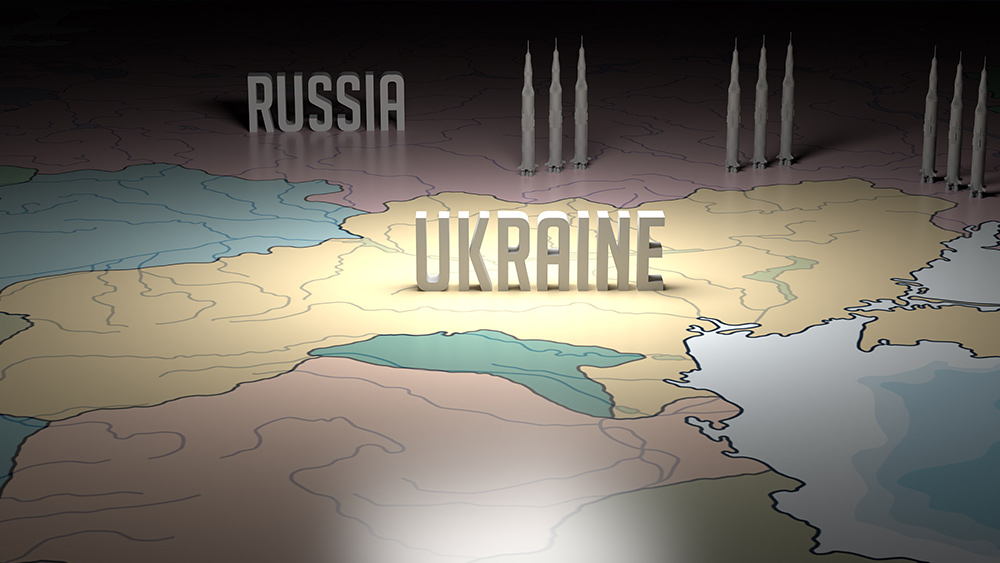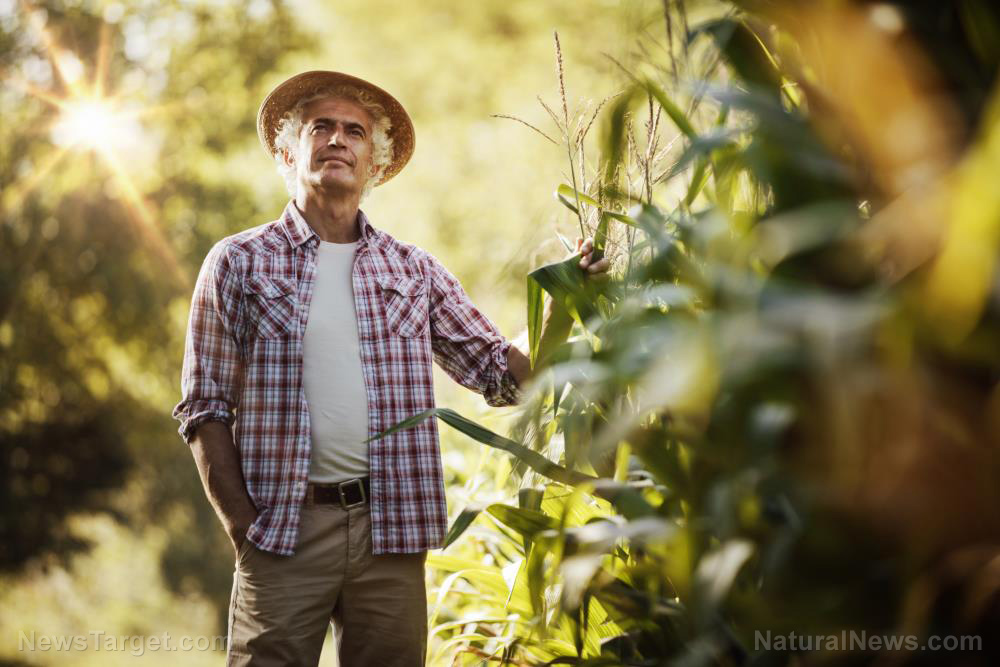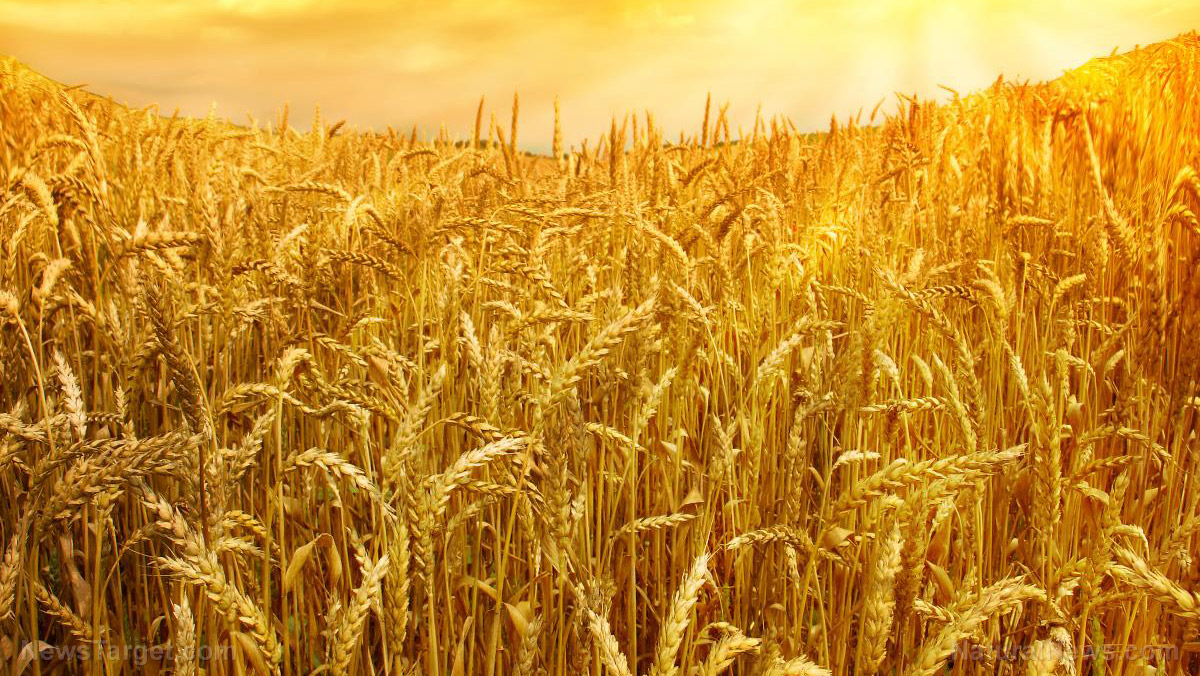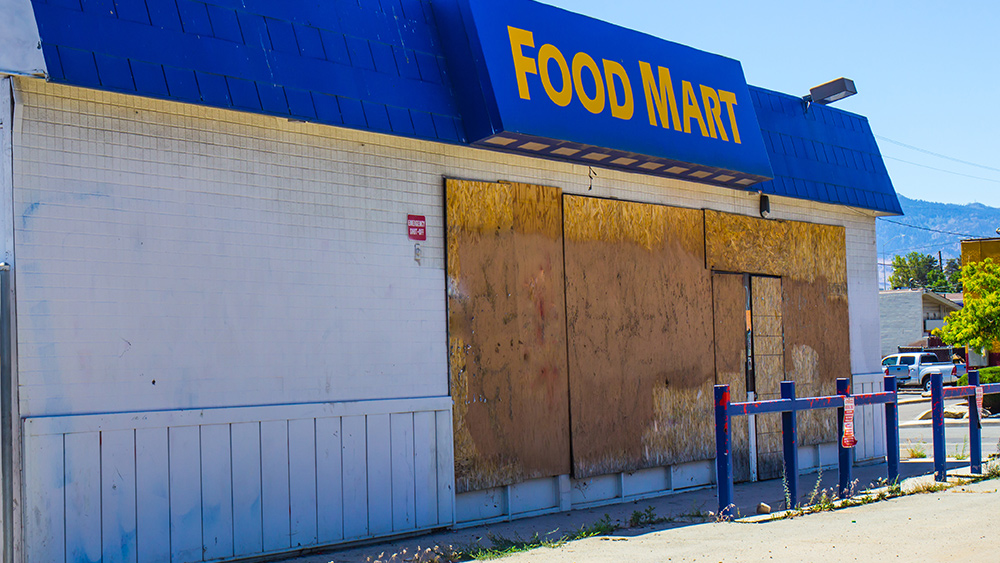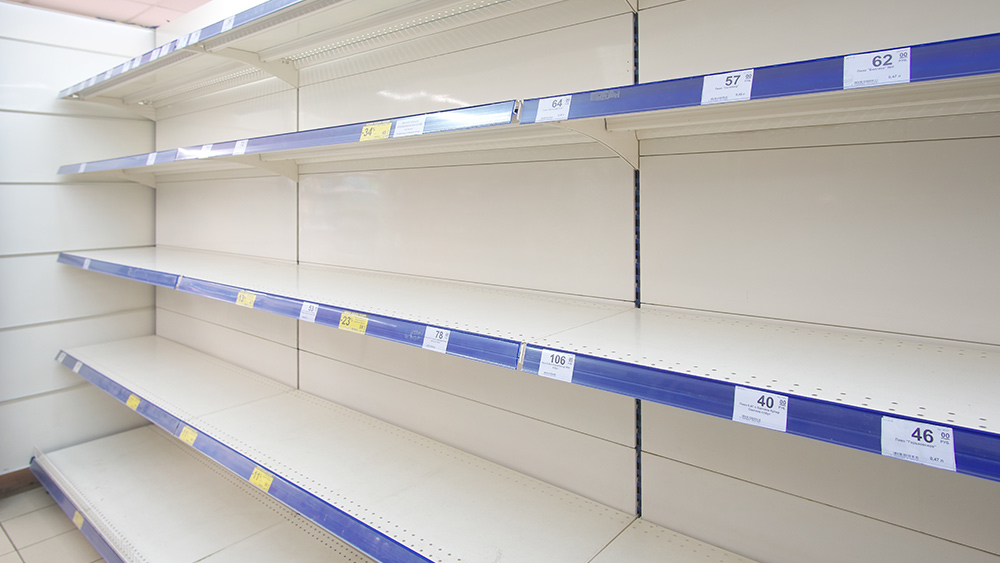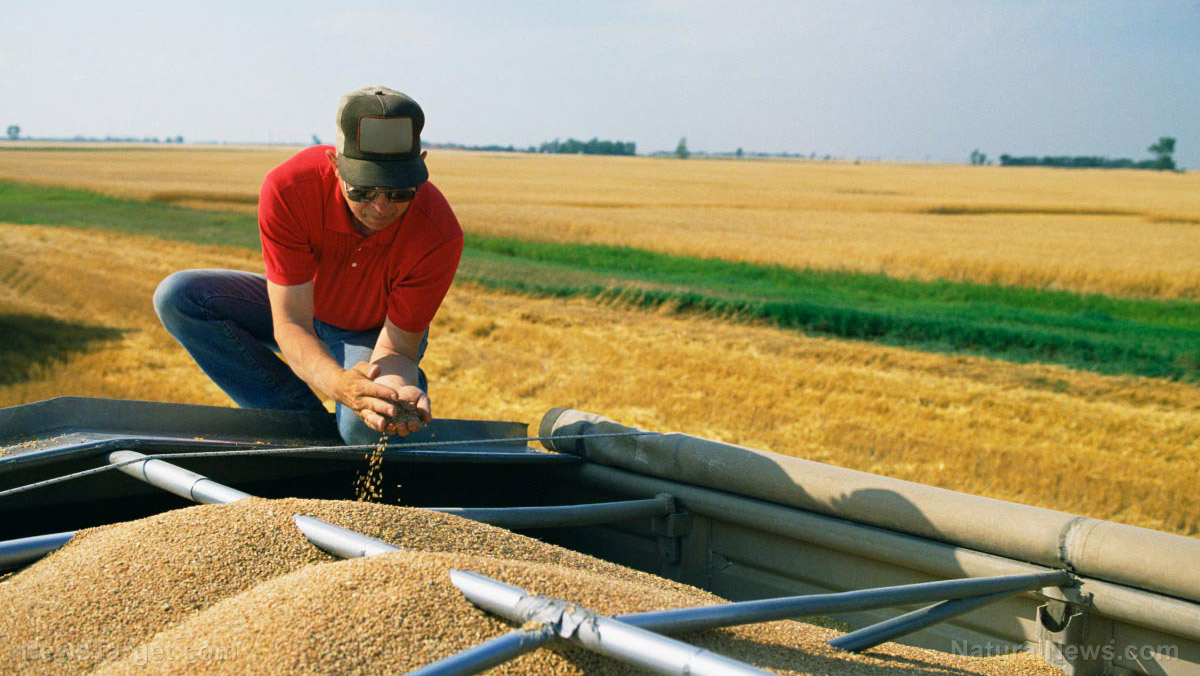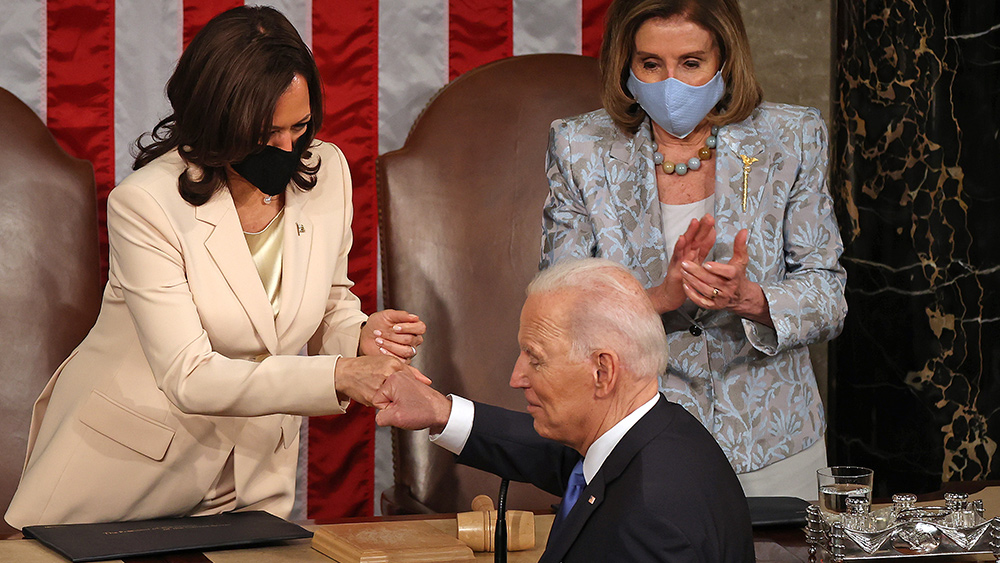South Sudan youth urged to focus on farming to alleviate food crisis
05/26/2022 / By Belle Carter

To manage food shortages due to years of conflict and the effects of climate change, the young people in the landlocked country of South Sudan are being urged to focus on farming instead of oil extraction.
About 8.3 million people are at risk of hunger in this Central Africa country. Experts say 80 percent of food items in South Sudan are imported from neighboring countries like Uganda and Kenya.
Joy Ladu, the managing director of Ubuntu Farms, has urged the youth to work hard to reduce the country’s dependence on food imports.
“When the borders were shut down last year due to a strike by truck drivers who used to bring food items from Kenya, food prices skyrocketed in the country. Many families were struggling to get food. That is what made me set up my farm to produce food here in South Sudan, and that will help our people not suffer or wait for imported food,” she said.
Tiop Paul, managing director of Green Farms, said his attempts to grow crops have helped improve food availability in the oil-rich Upper Nile region. He added that in 2019, the farm produced 6,000 tons of food, which they supplied to the local community.
South Sudan Trade and Industry Minister Kuol Athian Mawien stressed that restoring peace and security is also critical to encouraging food production in the country.
“We have a problem of food insecurity in South Sudan. We have to blame ourselves for the shortage of food in South Sudan while we have many resources. The first thing we have to put in place is security. The second thing is a good road network, but there is no road network in South Sudan to link up the rural areas to marketplaces,” he said.
Ayii Duang Ayii, the head of the South Sudan Business Community, said a focus on agriculture was necessary to foster economic development. He said people had forgotten agriculture and all focus shifted to the extraction of oil.
The country has vast irrigated areas that can be used for farming. However, experts say the Sudanese government shifted its focus to drilling for oil when agricultural production began to fall in 1999.
As per the World Bank, the average annual growth rate of the agricultural sector between 2000 and 2008 was only 3.6 percent, which was less than half of the 10.8 percent growth rate in the previous decade. A land survey via satellite by the United Nations Food and Agriculture Organization revealed that only 4.5 percent of available land was under cultivation when South Sudan became independent in 2011.
The country’s dependence on food imports, which comes with high transportation expenses, has contributed to massive food shortages in South Sudan. (Related: Global food scarcity to cause 20+ million refugees from Africa to flee to Europe – mass migration.)
Looming food crisis planned by globalists since 2015
The looming global famine may be attributed to wars, conflicts, climate change and economic downfall, but there’s evidence that the globalists have been planning the global food crisis as early as 2015.
Edward Szall, an investigative reporter revealed that a crisis simulation was conducted back in November 2015. This simulation was called the “Food Chain Reaction: A Global Food Security Game” and was conducted over the course of two days in Washington, D.C.
Present in the simulation was an international group of policymakers, academics and business leaders, including representatives from the countries that produce the largest amount of food like Brazil, China and Ukraine. Szall revealed this when he guested in “The Stew Peters Show” in April.
Also present in the simulation were representatives from the World Wildlife Foundation, the Center for American Progress and the Center for Naval Analyses, a federally funded research and development center for the Navy and the Marine Corps.
The model mimicked what takes place between 2020 and 2030, including two major food crises that would bring prices surging by about 400 percent. The crisis simulation also predicted extreme weather events supposedly caused by climate change, several famines and refugee crises in Bangladesh, Chad, Myanmar and Sudan, and the toppling of the governments of Pakistan and Ukraine.
The predictions are slowly becoming real. The Russia-Ukraine war is starting to cause food scarcity, as Ukraine is the leading exporter of agricultural commodities and Russia has blocked the ports for grain exports.
Furthermore, South Sudan is on the brink of food crisis because they highly depend on food imports from neighboring African countries. South Sudan forms part of a “ring of fire” encircling the globe where climate shocks, conflict, Wuhan coronavirus pandemic and rising costs are driving millions closer to starvation.
Visit Famine.news for more news related to food shortages.
Watch the below video that talks about how to use food scarcity to awaken millions.
This video is from the Health Ranger Report channel on Brighteon.com.
More related stories:
Global food prices surge to record highs; FAO warns of possible famine all over the world.
Great reset: ‘Famine threatens to wipe out 300 million.’
Agricultural Economy Barometer flashes warning signs over global crop crisis (and looming famine.)
Sources include:
Submit a correction >>
Tagged Under:
agriculture, chaos, conspiracy, crops, Edward Szall, famine, farming, food collapse, food crisis, food independence, food production, food scarcity, food shortage, food supply, global famine, globalists, harvest, hunger, rationing, South Sudan, starvation
This article may contain statements that reflect the opinion of the author
RECENT NEWS & ARTICLES
COPYRIGHT © 2017 STARVATION NEWS

